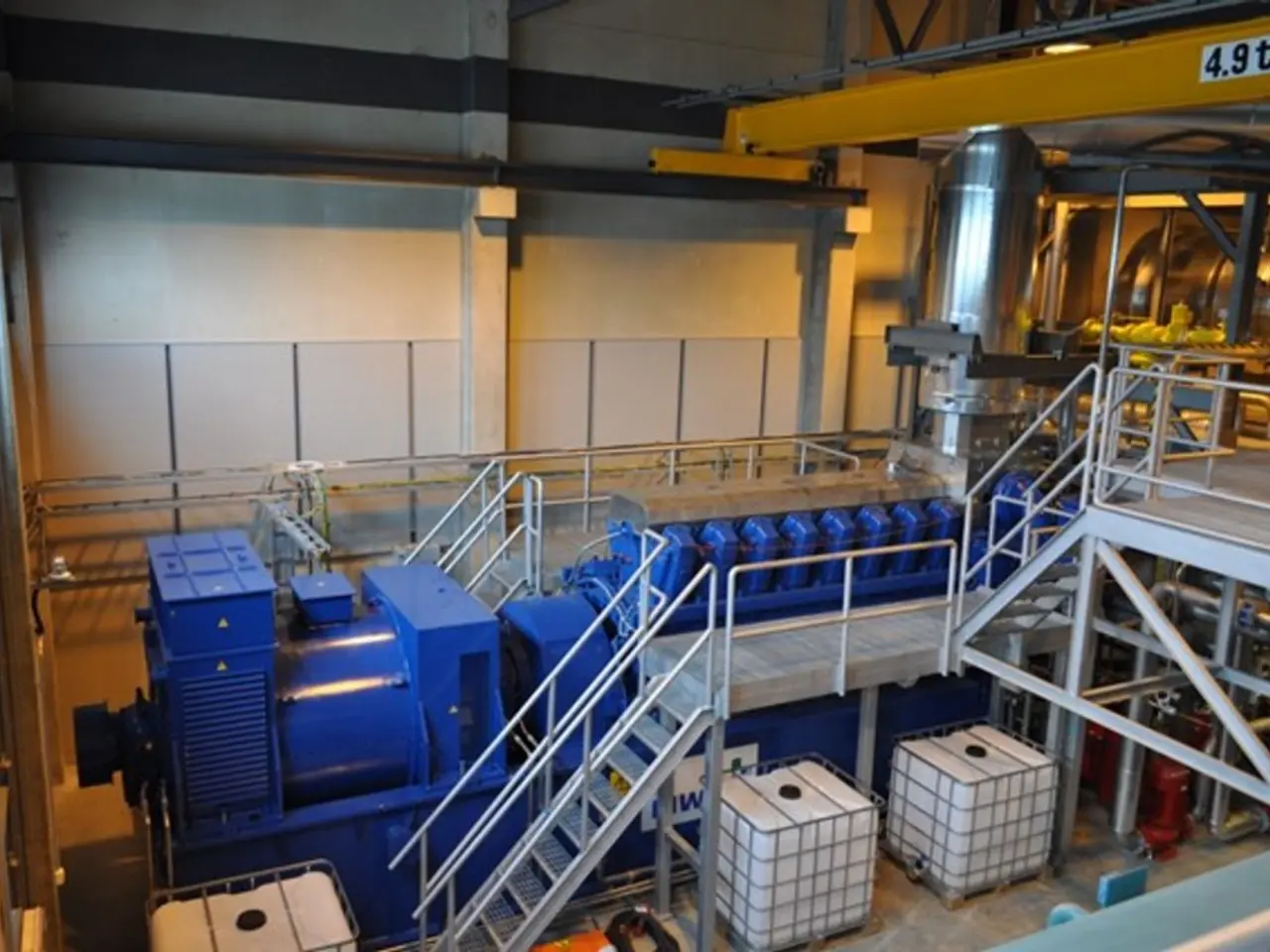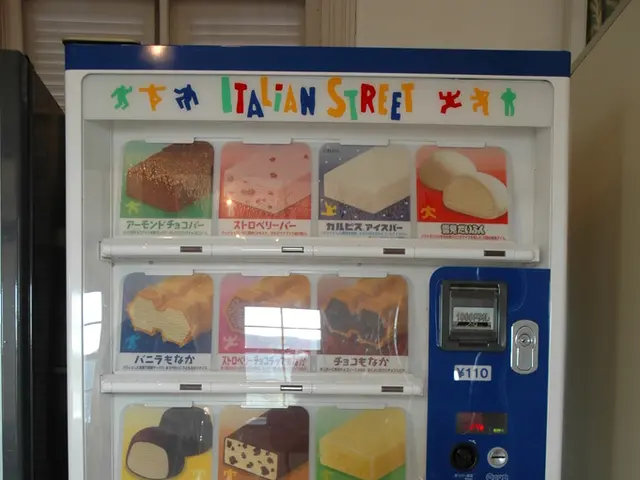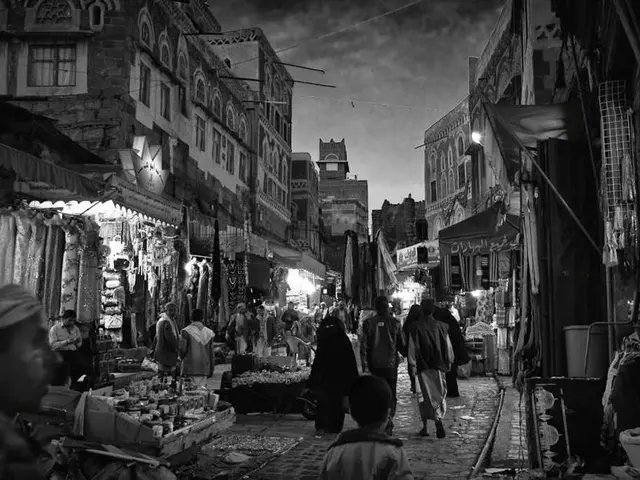City of Ho Chi Minh utilizes innovation to propel logistics industry advancements following the merger
In a strategic move towards global integration, Vietnam's three largest provinces - Ho Chi Minh City (HCM City), Binh Duong, and Ba Ria-Vung Tau - have merged to form a "mega-city" of 6,773 square kilometres. This mega-city, well-positioned with its deep-water ports, strong manufacturing base, and multimodal transport network, is poised to become a logistics powerhouse.
The city of HCM City, in particular, is making significant strides in this direction. The city has rolled out an interest-rate subsidy scheme through the HCM City Finance and Investment Company (HFIC), and plans to launch two major logistics centres soon at Cat Lai and the High-Tech Park.
However, there is no relevant information available about which institution or company is prepared to develop digital platforms with HCM City to track transport flow, orders, and emissions in real time. This is a crucial aspect of modern logistics, as efficiency gains will not come from transport infrastructure alone but from investment in 'information infrastructure'.
Experts agree that innovation is a strategic lever for Vietnam's global integration. Projects such as ring roads No. 3 and No. 4, inter-port routes, and Long Thành International Airport are shaping a multimodal system in the city. The Startup and Innovation Hub (SIHUB) has expanded its 2025 logistics innovation programme to Binh Duong and Ba Ria-Vung Tau, focusing on shared data warehouses, GIS-based coordination systems, full supply chain digitisation, e-commerce logistics, and sustainable green logistics.
The mega-city's logistics sector already contributes nearly 20 per cent to the region's Gross Regional Domestic Product (GRDP). However, logistics expenses remain high compared to regional peers, posing a barrier to global competitiveness. To address this, businesses are encouraged to pursue green logistics, which is a third pillar of modern logistics.
Businesses face institutional and financial barriers in achieving green logistics. Nguyen Duy Hung, Director of Hung Thinh Phat Co. Ltd., urges easier access to green credit. Under Resolution No. 20 of the municipal People's Council, logistics projects can access support packages worth VND40-400 million (US$1,750-17,500).
Demand for logistics labour is soaring after the merger, but workers face pressures from rapid technological change and employer expectations for multi-tasking and cross-chain skills. This necessitates a focus on training and upskilling to ensure that the workforce is equipped to meet the demands of modern logistics.
The mega-city forms a "growth triangle": Binh Duong as the production hub, Ba Ria-Vung Tau as the seaport gateway, and HCM City as the centre for services, technology, and transshipment. Tân Cảng - Cát Lái Port in HCM City is the country's busiest gateway for import-export cargo. Binh Duong will develop inland container depots, while Vung Tau will grow as a seaport hub.
In conclusion, the merger of HCM City, Binh Duong, and Ba Ria-Vung Tau provinces presents a significant opportunity for Vietnam to strengthen its logistics sector and compete on a global scale. The focus on innovation, green logistics, and workforce development is crucial in this endeavour.
Read also:
- Peptide YY (PYY): Exploring its Role in Appetite Suppression, Intestinal Health, and Cognitive Links
- Toddler Health: Rotavirus Signs, Origins, and Potential Complications
- Digestive issues and heart discomfort: Root causes and associated health conditions
- House Infernos: Deadly Hazards Surpassing the Flames








